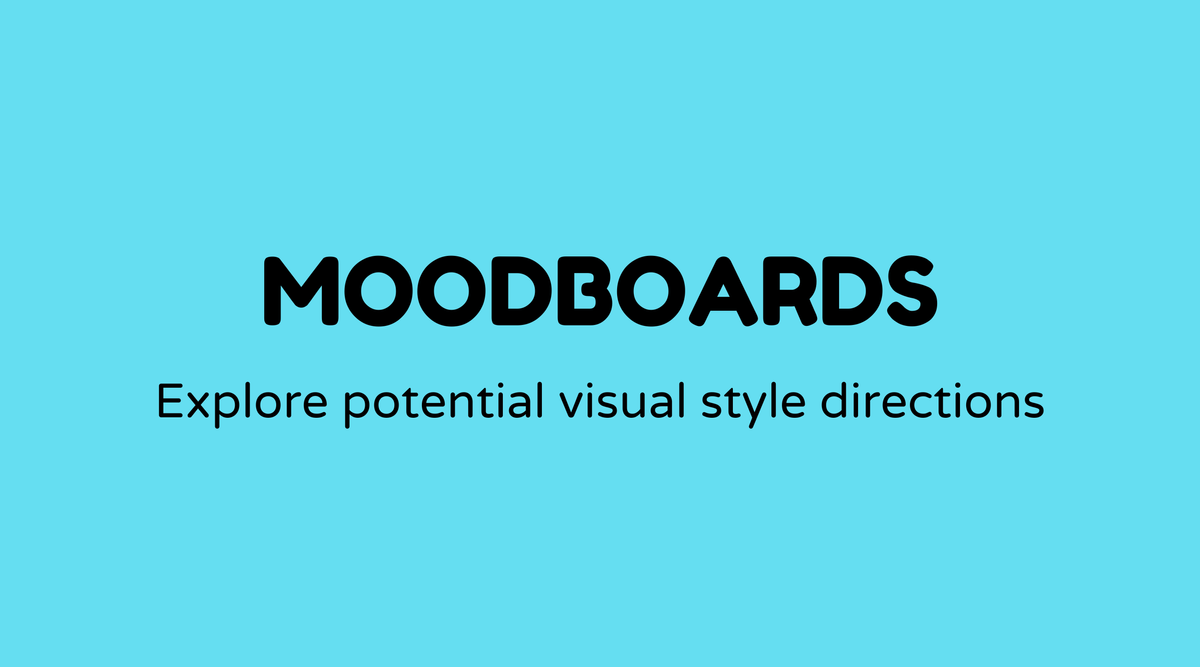Moodboards

Overview of Moodboards:
Moodboards are an engaging way to visualize ideas and concepts during the creative process. They serve as essential tools for designers, marketers, and artists to establish the tone and direction before diving into detailed work. By combining images, textures, and text, moodboards encapsulate the essence of a project at a glance, igniting creativity and promoting alignment among team members. They function as a visual language, conveying messages where words might fall short.
In our journey to examine moodboards, let’s investigate their significance, structure, and various applications. Whether you’re an experienced designer or just beginning your creative exploration, understanding how to effectively use moodboards can be a pivotal asset.
Why Moodboards Matter:
Why do moodboards hold such an important role in the creative process? For starters, they are highly effective in expressing the feel of a project. Imagine attempting to articulate an abstract concept with words alone—challenging, right? Moodboards bring clarity and focus, ensuring that everyone shares the same vision.
Additionally, moodboards can act as a reference point throughout the project. Teams can revisit them to confirm they are still aligned with the initial concept. This utility spans from branding campaigns to interior design, where the first impression needs to remain consistent across all outputs. Lastly, moodboards are genuinely enjoyable to create. They provide a playful space for creativity, allowing you to mix and match until inspiring combinations surface.
What is a Moodboard:
A moodboard is essentially a collage of textures, colors, text, and images that represent the desired mood or feeling of a project. Unlike a storyboard, which outlines every stage in sequence, moodboards capture the overall vibe in a static format. This includes elements such as fonts, photography styles, and color schemes to evoke specific emotions.
For instance, while working on a branding project, a moodboard might include descriptive adjectives about the brand's personality, color swatches, and visual imagery that aligns with the desired aesthetic. The goal is to provide a visual summary that can guide subsequent design choices, ensuring cohesiveness.
How do You Create a Moodboard:
Creating a moodboard blends instinct and method. Here’s a simple roadmap to get started:
- Define the Purpose: Determine the specific message or tone you aim to capture.
- Gather Materials: Collect images, textures, and colors that resonate with your intended mood.
- Digital Tools/Analog Methods: Use platforms like Pinterest, Canva, or Adobe Spark to compile your board, or opt for traditional methods with scissors and magazines.
- Organize: Arrange your elements to represent the hierarchy of importance.
- Iterate: Moodboards require iteration; adjust them based on feedback and new ideas.
Sample Agenda of a Moodboard Workshop:
When conducting a moodboard workshop, structure and engagement are essential. Here’s a sample agenda to guide you:
- Introduction (10 mins): Overview of moodboards and their purpose.
- Inspiration Session (20 mins): Share examples to spark ideas.
- Group Brainstorm (30 mins): Participants exchange ideas and initial concepts.
- Material Collection (40 mins): Attendees gather images, colors, and textures.
- Collaboration Period (1 hour): Teams work together to build their moodboards.
- Presentation & Feedback (30 mins): Groups present their moodboards for input.
- Wrap-Up & Reflection (10 mins): Recap key takeaways and discuss next steps.
Examples of Moodboards:
Moodboards come in various forms, often tailored to the unique needs of each project. Here are some examples:
- Fashion Design: Incorporating fabric samples, runway inspirations, and seasonal color schemes.
- Branding Projects: Featuring typography samples, logos, and visuals that embody a brand’s essence.
- Interior Design: Blending textile samples, room images, and paint swatches to establish a style direction.
Explore platforms like Behance or Dribbble for real-world examples of how designers utilize moodboards.
FAQs
- How do I choose images for a moodboard?
Select images that evoke the emotions or style you’re aiming for. They should align with the project’s goals and audience.
- Can moodboards be digital?
Yes! Digital moodboards are easy to share and modify. Tools like Canva, Pinterest, or Adobe Spark work well for this.
- What are the benefits of using a moodboard?
They ensure team alignment, maintain a consistent style, and can ignite creativity by providing a visual reference.
- What should I avoid when making a moodboard?
Steer clear of clutter. An overwhelming number of elements can dilute your message. Also, avoid using unrelated elements that lack clarity.
- How do moodboards help in branding?
Moodboards help establish a cohesive visual identity, ensuring every marketing effort corresponds with the brand’s core values and aesthetics.
- Can I use moodboards for personal projects?
Absolutely! Moodboards are ideal for any creative endeavor, whether it’s planning an event or designing your space.



